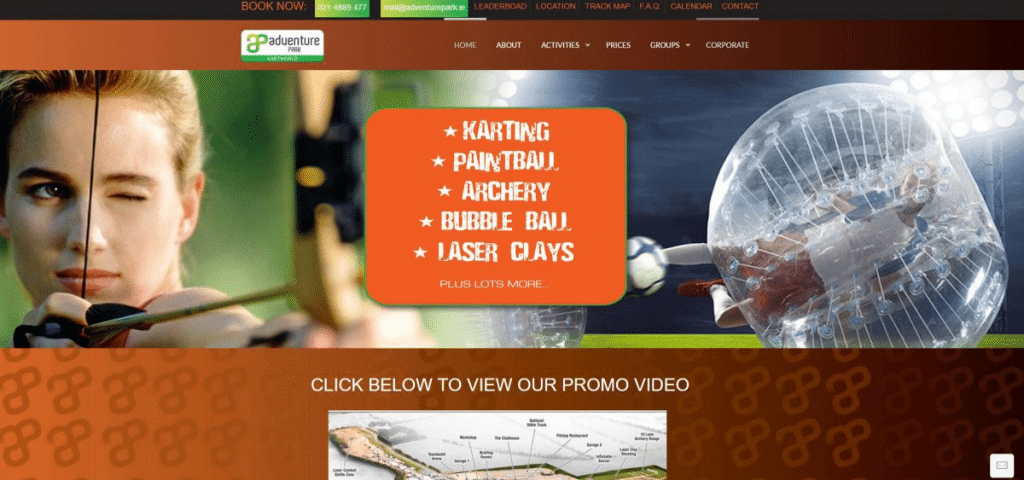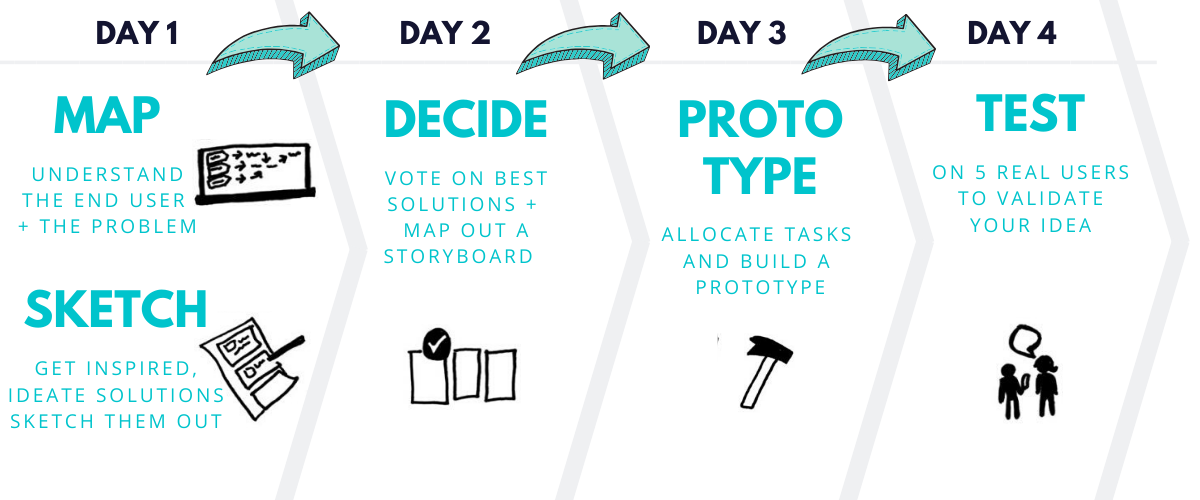
User-centered design is a great way of creating products that are loved by consumers. In order to get the best results, however, you must follow a number of steps.
First, you must identify your users. Next, you will need to do research to find out what your users are looking for in a product. You can use surveys or other methods such as usability testing. Your goal should be to discover the needs of your users in the simplest and most effective way.

Next, choose what you are building. As a rule of thumb, you should start with a general idea. Once you have a clear idea of your users' needs, you can start to plan what you need do to make your product useful. This is usually done by making small adjustments in your design to find out what your users want.
You will create multiple versions of the screen during the development process. You can achieve this by using various tools such as wireframes or mockups. These are great for finding out which features are most essential and what your users want.
You should focus on user feedback throughout the development phase. A solid feedback strategy will help you improve your product while keeping your customers satisfied.
Rapid prototyping is one way to accomplish this. Your team will learn more about users by using a quick prototype. You will also discover any flaws that could need to corrected later in development. It might be that some users don't know that a particular feature is required. When it comes to design, even the smallest detail can affect your product's performance.

Additionally, you'll need to conduct a test to determine if your design meets the needs of your user. While it might seem like a hassle to do, it will save you from future headaches.
Final, you need to keep improving your design in order to get the desired result. Some developers choose to do this with a rapid prototyping method, while others opt to use real users. If you are able to do both, you will be able to see if your design really is the one that your users are looking for.
The user-centered process of design creates products that make it easy for customers to use. This will ensure that your customers have a pleasant experience with your products and lead to increased sales and customer loyalty. Users are the ones who are most likely to be interested in your products. Participating them in the design and creation of your product is a great way to do this.
The user-centered process of designing products is the best and most efficient way to meet the needs and desires of your clients. This will allow you to bring the most recent technology directly into the hands of your customers.
FAQ
WordPress: Is it a CMS or not?
The answer is yes. It is a Content Management System (CMS). Instead of using Dreamweaver or Frontpage, a CMS lets you manage your website content directly from your web browser.
WordPress is absolutely free! You don't have to pay for anything other than hosting, which your ISP usually provides.
WordPress was originally designed to be a blogging platform. However, WordPress now offers many options including eCommerce sites and forums, membership websites, portfolios and portfolios.
WordPress is easy and quick to install. The installation file must be downloaded from the website and uploaded to your server. Simply visit the domain name from your web browser, and then log in to the new site.
After installing WordPress, you'll need to register for a username and password. After logging in, you will see a dashboard that allows you to access all your settings.
From here, you can add pages, posts, images, links, menus, widgets, and plugins. You may skip this step if you feel comfortable editing and creating content.
If you prefer to work with a professional web designer, you can hire them to manage the entire process.
Should I hire a web designer or do it myself?
If you are looking to save money, don't spend on web design services. It may not be a wise decision to pay for web design services if you desire high-quality results.
You can build websites yourself without paying for professional designers.
If you're willing to put in the time and effort, you can learn how to make a great-looking site yourself using free tools like Dreamweaver and Photoshop.
Another option is to hire a freelance web developer for a project that charges per hour.
How much does it take to build a website.
It depends on what your website is used for. For instance, if you just want to post information about yourself or your business, you might be able to get away with free services such as Google Sites.
However, if visitors are serious about coming to your site, they will be willing to pay more.
A Content Management System (like WordPress), is the most popular option. These programs allow you to create a website without knowing anything about programming. These sites are hosted by third-party companies so you don't have to worry about being hacked.
Squarespace is another way to create a website. There are a number of plans available, with prices ranging from $5 per Month to $100 Per Month depending on the features you wish to add to your website.
Statistics
- It's estimated that chatbots could reduce this by 30%. Gone are the days when chatbots were mere gimmicks – now, they're becoming ever more essential to customer-facing services. (websitebuilderexpert.com)
- The average website user will read about 20% of the text on any given page, so it's crucial to entice them with an appropriate vibe. (websitebuilderexpert.com)
- Did you know videos can boost organic search traffic to your website by 157%? (wix.com)
- Is your web design optimized for mobile? Over 50% of internet users browse websites using a mobile device. (wix.com)
- It's estimated that in 2022, over 2.14 billion people will purchase goods and services online. (wix.com)
External Links
How To
What is website hosting?
Website hosting is the place where visitors go to visit a website. There are two types.
-
Shared hosting – This is the most affordable option. Your website files will reside on a server belonging to someone else. Customers who visit your website send their requests via the Internet over to that server. The server owner then forwards the request to you.
-
Dedicated hosting: This is the most costly option. Your website will reside on a single server. Your traffic is private because no other websites have shared space on this server.
Most businesses choose shared hosting because it's less expensive than dedicated hosting. Shared hosting allows you to have your website run by the company who owns the server.
There are pros and disadvantages to each option. Here are some key differences between them.
Shared Hosting Pros
-
Lower Cost
-
Easy To Set Up
-
Frequent Updates
-
It can be found at many web hosting providers
Hosting shared can be as low as $10 per month. However, this price typically includes bandwidth. Bandwidth refers to the amount of data you can transfer across the Internet. Even if you upload only photos to your blog you might still have to pay more for large amounts of data that you transfer through your account.
You'll soon discover why you paid so much more for your previous host when you get started. Most shared hosts have very poor customer support. Their techs will occasionally walk you through setting up your site, but you're on your own after that.
It is important to find a provider that provides 24-hour support. They'll take care of any issues that come up while you sleep.
Cons of dedicated hosting
-
More Expensive
-
Less common
-
Requires Special Skills
With dedicated hosting, everything you need for your website is at your fingertips. You won't have worry about whether your website is using enough bandwidth, or whether it has enough RAM (random-access memory).
This means that you will have to pay a little more upfront. However, once you start running your business online, you'll find that you won't need much technical assistance. You'll become an expert at managing your servers.
Which is better for my business?
This depends on the kind of website that you want. If you're selling products only, shared hosting might work best. It's very easy to setup and maintain. A server shared with several other sites means that you will receive frequent updates.
However, dedicated hosting can be a great option if you're looking to build a community around the brand. Instead of worrying about your traffic, you can build your brand while still being able to concentrate on your business.
Bluehost.com has both. They offer unlimited data transfers per month, 24/7 support and free domain registration.